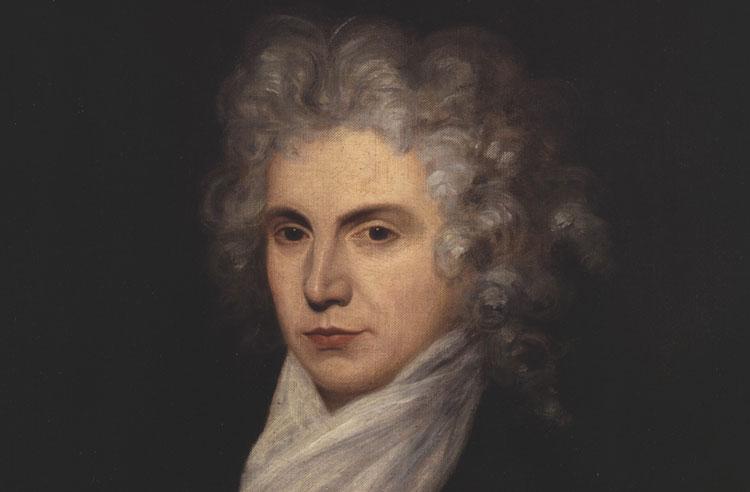
Feminism and sexuality
Art and objects from our collections help illustrate the long history of women exploring the ways in which same-sex relationships could help bring about greater independence.
Mary Wollstonecraft (pictured here) was a writer and strong advocate of women’s rights, paving the way for women to explore the possibilities of same-sex and non-traditional relationships. She acknowledged the existence of female sexual desire, and criticised the impact marriage was having on women’s lives.
This is part of the Activism rights collection.
Lesbian Feminism emerged as an activist movement in the mid-20th century. It connected the concerns of the gay rights and women’s movements by asserting that heterosexuality is not just a form of sexual desire, but also a way in which men’s power over women is perpetuated. The institution of marriage (then confined to male-female relationships), for example, was argued to subordinate women to male power. Lesbian Feminism embraced both inclusive networks and more radical separatist groups, such as ‘The Raging Dyke Network’, who believed women-only communities were the surest route to female emancipation.
